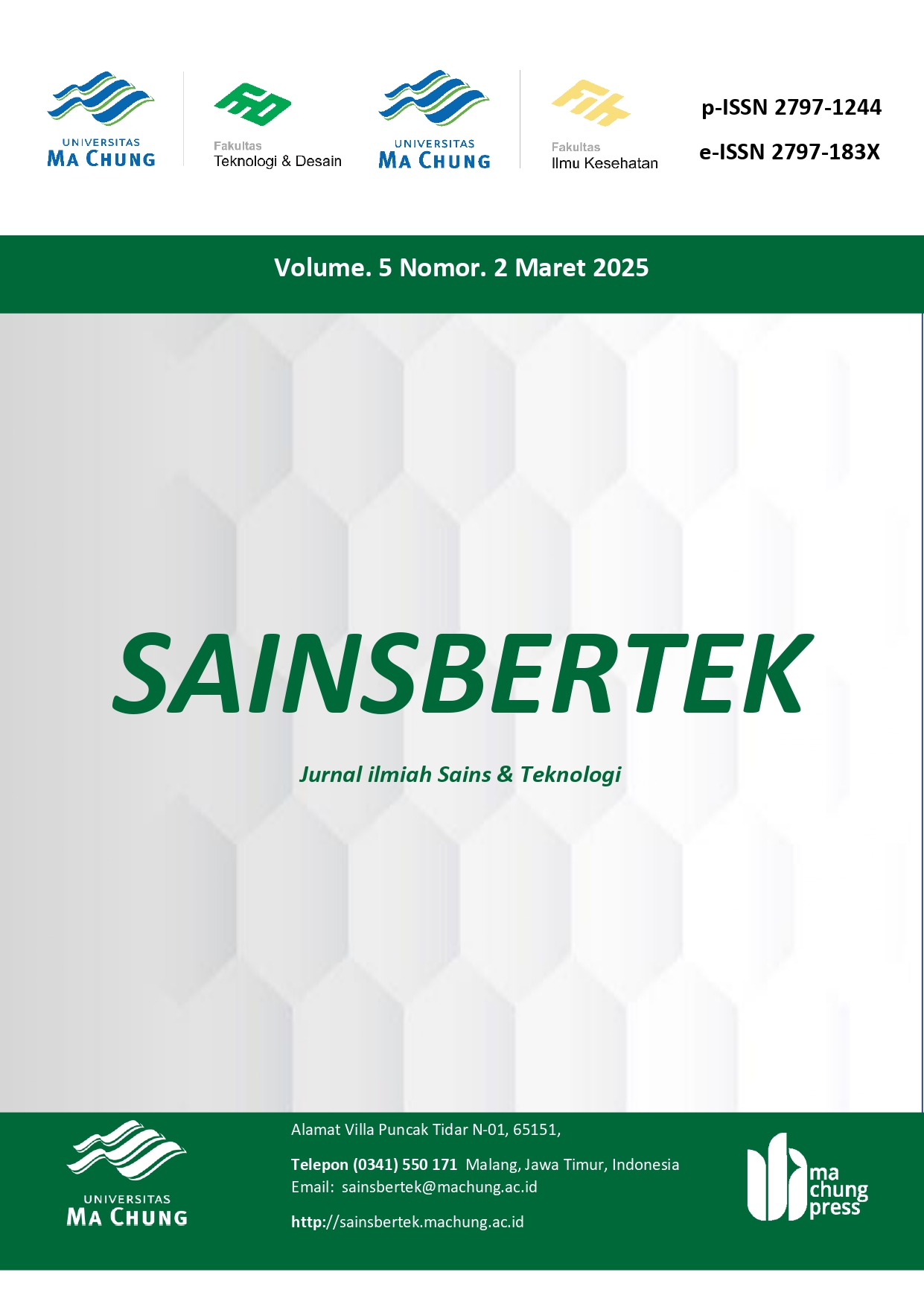IDENTIFIKASI POTENSI BAHAYA MENGGUNAKAN METODE HAZOP TERMODIFIKASI DI PT. KAYU MEBEL INDONESIA
DOI:
https://doi.org/10.33479/sb.v5i2.312Keywords:
potensi bahaya, risiko, hazop, APDAbstract
One type of industry that is developing very rapidly among various types of industry in Indonesia is the furniture industry, one of which is PT. Kayu Furniture Indonesia which produces doors. In the door leaf production process, there are 7 machines used, namely double planer, rip, cut, molding, single end, drill and press assembly machines. The steps in identifying hazards using the HAZOP method begin with knowing the door leaf production flow, namely receiving raw material, leveling the surface of the wood, printing the width of the wood, printing the length of the wood, leveling the sides of the wood material, making profile shapes, making holes in the wood, assembly process. , inspection process. Then proceed with Hazard and Risk Identification in each production process so that the level of danger posed can be known. Seeing the extreme risks that have been described, recommendations that can be given are using PPE in the form of safety gloves, face protection helmets, and carrying out maintenance on machines and making visual displays to remind workers to always use PPE as well as creating good work procedures and conducting K3 training for workers. employees in a comprehensive and sustainable manner.
Downloads
References
Bird dan Germain, F. J. 1990, “Practicial Loss Control Leadership”. USA: Institute Publising.
Crowl, D. A. And Louvar, J.F., 2002, “Chemical Process Safety Fundamentals with Applications”, Prentice Hall PTR New Jersey.
Departemen Tenaga Kerja RI, 1970, “Undang-Undang No. 1 tahun 1970 tentang Keselamatan Kerja”. Jakarta : Departemen Tenaga Kerja RI
Juliana dan Ivana, A., 2008. “Implementasi Metode Hazops dalam Proses Identifikasi Bahaya dan Analisa Risiko Pada Feedwater System di Unit Pembangkitan Paiton PT. PJB”. Surabaya: Politeknik Perkapalan Negeri Surabaya.
Kurniawan, 2008. “Risk Assesment Dan Usulan Perbaikan Pada Kegiatan Pemasangan Pipa Pemboran Di PT.Saripari
Pertiwi Abadi Lokasi Tambang PT. Newmont Nusa Tenggara”. Skripsi.FKM, Universitas Indonesia
Negara Republik Indonesia, 1992, “Undang-Undang Republik Indonesia Nomor 3 Tahun 1992, tentang Jaminan Sosial
Tenaga Kerja”, Jakarta: Negara Republik Indonesia.
Poulose, Maria. S., dan Madhu. G., 2012, “Hazop Study for Process Plants: A Generalized Approach”, International Journal of Emerging Technology and Advanced Engineering.
Prakoso, Amanrendra, B. 2016, ‘Hazard and Operability Study (HAZOP) and Safety Integrity Level (SIL) by Fault Tree
Analysis (FTA) Method to Fuel Gas Superheat Burner Unit Ammonia PT. PETROKIMIA Gresik’ . Tugas Akhir, Fakultas Teknologi Industri, Institut Teknologi Sepuluh November, Surabaya.
Pujiono, B. N., Tama, I. P., & Efranto, R. Y. 2013. “Analisis Potensi Bahaya Serta Rekomendasi Perbaikan Dengan Metode Hazard and Operability Study (HAZOP) Melalui Perangkingan OHS Risk Assessment and Control (Studi Kasus: Area PM-1 PT. Ekamas Fortuna)”. Jurnal Rekayasa dan Manajemen Sistem Industri, 1. 2, 253-263.
Z, Helda R., Yuniar, dan Caecillia S.W. (2013). Strategi Minimisasi Potensi Bahaya Berdasarkan Metode Hazard and Operability (HAZOP) Di PT. Agronesia. Jurnal Online Institut Teknologi Nasional. 1(1):2338-5081
Downloads
Published
Issue
Section
License
Copyright (c) 2025 Sainsbertek Jurnal Ilmiah Sains & Teknologi

This work is licensed under a Creative Commons Attribution-ShareAlike 4.0 International License.





